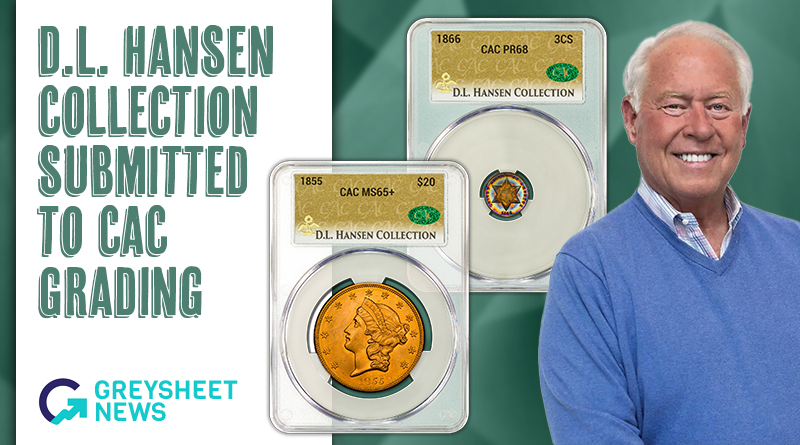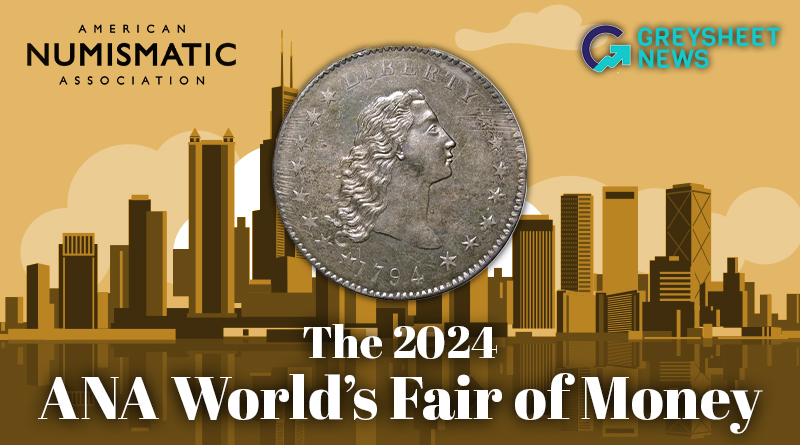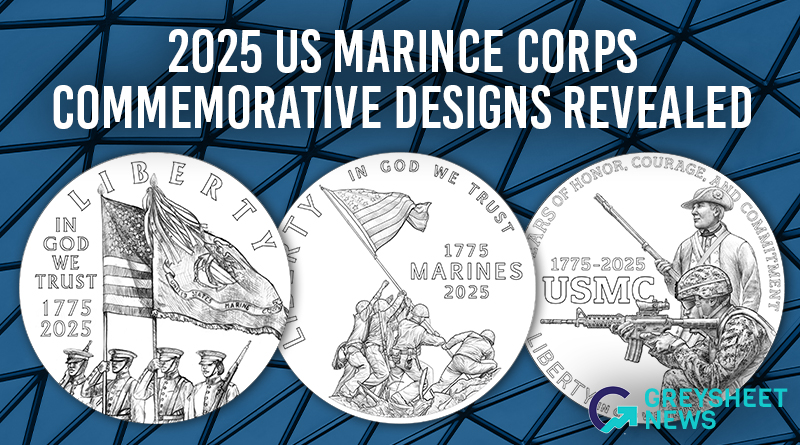Greysheet & CPG® PRICE GUIDE
- U.S. Coins /
- Half Dimes /
-
Half Disme (1792) Values
Year
Sort by
About This Series
By April, 1792, the Mint Act was passed; and, by order of George Washington, the first coin was set to be minted. The Half Disme was conceptualized by David Rittenhouse who went on to become the very first Mint Director.
Thomas Jefferson, himself, delivered the silver to the manufacturer, John Harper, who was a toolmaker by trade. Three months later, Harper presented Jefferson with 1,500 coins given the name Half Dismes, per the Mint Act.
The Half Dismes were struck using dies created by the engraver, Robert Birch. The Morris Bill required that the Half Dismes contain 0.8924 silver along with other metals for a total weight of 20.8 grams and a diameter of 17.5 millimeters. On November 6, 1792, these coins were put into circulation by the United States Mint as the first legal tender of our nation.
The obverse of the coin displays a depiction of Liberty facing to the left, with the date below the bust, and the phrase "LIB PAR OF SCIENCE & INDUSTRY" in the legend. The reverse shows an Eagle, also facing to the left, with "HALF DISME" beneath it and the legend displaying "UNITED STATES OF AMERICA." The mintage for the 1792 Half Disme was 1,500. Unfortunately, approximately just 275 are estimated to have survived in all grades with about 15% of those in mint state.
Catalog Detail
Legal Disclaimer
The prices listed in our database are intended to be used as an indication only. Users are strongly encouraged to seek multiple sources of pricing before making a final determination of value. CDN Publishing is not responsible for typographical or database-related errors. Your use of this site indicates full acceptance of these terms.






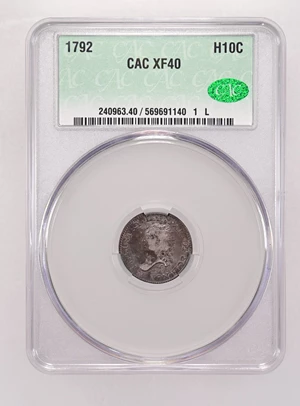

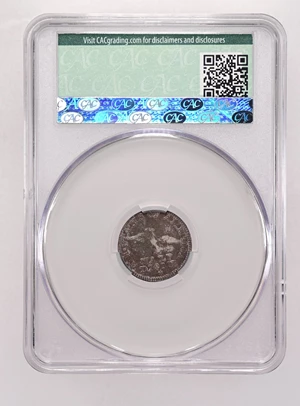


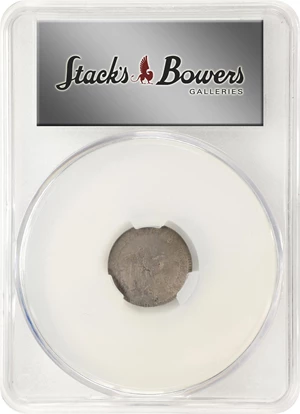

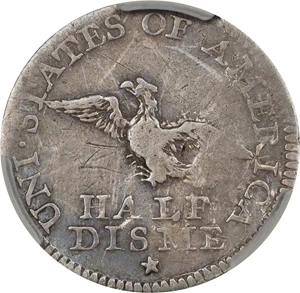
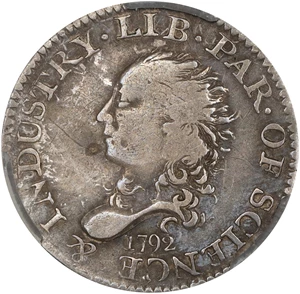
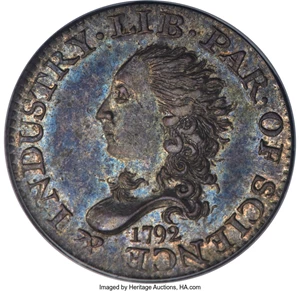




| Half Disme (1792) | Value Range | Favorite | |||
|---|---|---|---|---|---|
| Half Disme (1792) | Value Range | ||||
|
$38,500
-
$1,440,000
$38,500 - $1,440,000
|
||||
|
$38,500
-
$1,440,000
$38,500 - $1,440,000
|
||||
|
$720,000
-
$2,400,000
$720,000 - $2,400,000
|
||||
From the Greysheet Marketplace
Buy Now: $550,000.00
Buy Now: $4,810.00
Buy Now: $370.00
Buy Now: $2,728.75
Buy Now: $2,289.38
Auction Ends: 10/13/2025
Buy Now: $508.75
Auction Ends: 10/13/2025
Buy Now: $33,531.25
Buy Now: $2,058.13
Related Stories (powered by Greysheet News)
View all news
Greysheet Catalog Details
By April, 1792, the Mint Act was passed; and, by order of George Washington, the first coin was set to be minted. The Half Disme was conceptualized by David Rittenhouse who went on to become the very first Mint Director.
Thomas Jefferson, himself, delivered the silver to the manufacturer, John Harper, who was a toolmaker by trade. Three months later, Harper presented Jefferson with 1,500 coins given the name Half Dismes, per the Mint Act.
The Half Dismes were struck using dies created by the engraver, Robert Birch. The Morris Bill required that the Half Dismes contain 0.8924 silver along with other metals for a total weight of 20.8 grams and a diameter of 17.5 millimeters. On November 6, 1792, these coins were put into circulation by the United States Mint as the first legal tender of our nation.
The obverse of the coin displays a depiction of Liberty facing to the left, with the date below the bust, and the phrase "LIB PAR OF SCIENCE & INDUSTRY" in the legend. The reverse shows an Eagle, also facing to the left, with "HALF DISME" beneath it and the legend displaying "UNITED STATES OF AMERICA." The mintage for the 1792 Half Disme was 1,500. Unfortunately, approximately just 275 are estimated to have survived in all grades with about 15% of those in mint state.
Catalog Detail
Legal Disclaimer
The prices listed in our database are intended to be used as an indication only. Users are strongly encouraged to seek multiple sources of pricing before making a final determination of value. CDN Publishing is not responsible for typographical or database-related errors. Your use of this site indicates full acceptance of these terms.







 Loading more ...
Loading more ...









